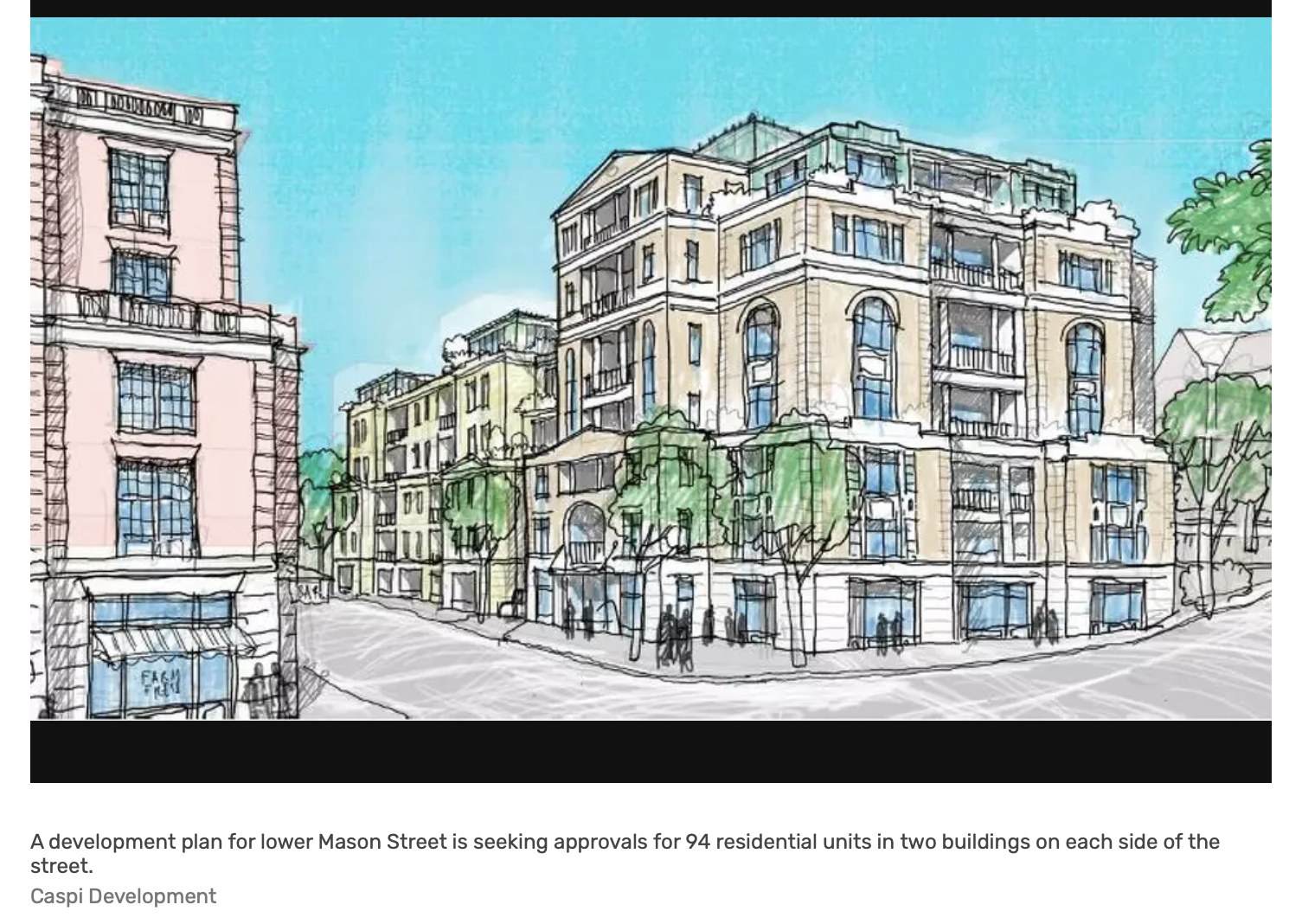“ … A decade ago, someone knocking on your door to sell you solar panels would have been selling you solar panels. Now, they are probably selling you a financial product—likely a lease or a loan.
“Mary Ann Jones, 83, didn’t realize this had happened to her until she received a call last year from GoodLeap, a financial technology company, saying she owed $52,564.28 for a solar panel loan that expires when she’s 106, and costs more than she originally paid for her house.
“In 2022, she says, a door-to-door salesman from the company Solgen Construction showed up at her house on the outskirts of Fresno, Calif., pushing what he claimed was a government program affiliated with her utility to get her free solar panels. At one point, he had her touch his tablet device, she says, but he never said she was signing a contract with Solgen or a loan document with GoodLeap. Unbeknownst to Jones, the salesman used "yoursolarguyujosh@gmail.com" as her purported email address—that of course, was not her email address. She’s on a fixed income of $960 a month, and cannot afford the loan she says she was tricked into signing up for; she’s now fighting both Solgen and Goodleap in court.
“There are a few truths to the sleazy used car = solar salesman equation.
...Residential solar has always faced a big impediment to growth: installing and maintaining solar panels is expensive, and few consumers wanted to spend tens of thousands of dollars in cash to pay upfront for what was a relatively untested product. To get around this problem, a company called SolarCity came up with a new model in the early 2010s—leasing solar panels to customers, allowing them to pay little to no upfront cost. Companies like SunRun quickly followed; by 2014, this “third-party owned” kind of leased solar accounted for around 70% of total residential installations.
Besides enabling sales, there were other, even bigger, financial benefits of this practice for SolarCity. Since the company, not the consumer, owned the solar panels, SolarCity could claim the hefty 30% tax credit for solar panels the government approved in 2005. It then took those tax credits and sold them to companies like Google or Goldman Sachs who, unlike SolarCity, were making a profit and so owed money on their taxes. Those sales helped fund SolarCity’s further growth.
...Meanwhile, the pressure for fast sales may have led some companies to look the other way when salespeople obscured the terms of the solar panel leases and loans they were selling in order to close a deal. Consumer lawyers have made allegations about salespeople fudging consumer incomes on loan applications so they could qualify; telling them they’d get a tax refund for solar panels even if their income wasn’t high enough; and sending important documents to fake email addresses so consumers wouldn’t see them and protest.
Jesus Hernandez, 53, says a salesman from Southern Solar called him in 2019 with the pitch that installing solar panels could cut his monthly electric bill to as low as $50 a month; Hernandez was paying around $500 a month at the time. Hernandez, a housekeeping supervisor, couldn’t afford the up-front costs, but the salesman said GoodLeap would give him a loan. When the salesman later came to his house in Dallas to close the deal, he also promised that were Hernandez to get panels, the government would write him a solar-subsidy check for $16,000. Hernandez was sold; he agreed to take out a 20-year loan to install about $62,000 worth of solar panels.
After interests and fees, that $62,000 turned out to be more like $90,000. Today, Hernandez pays about $400 a month on the loan. Worse, his electric bill is still in the $500 range, because the panels do not produce the promised electricity. The company took out a lien on his house without his knowledge, he says, and it turns out that his 2019 income—around $50,000—meant that he wasn’t making enough money to qualify for the tax incentive upfront. He sued Southern Solar, and a jury awarded him $500,000 in November 2023 but he hasn’t seen a penny yet, he says. He tells anyone who asks that they shouldn’t buy solar panels, and if they do, that they should record the whole sales pitch in case the salesperson isn’t telling the truth. “Everything they told us was a lie,” he says. (In response to a request for comment, Southern Solar said it was filing an appeal and so would not answer questions at this time.)
….
Technological and operational inefficiencies have been significant hurdles for the residential solar market. Variability in solar panel quality and performance has led to operational challenges, with inconsistencies in efficiency and durability causing issues for both installers and consumers. Despite advancements, integrating new technologies, such as battery storage systems, remains complex and costly, leading to longer installation times and higher expenses.
Maintenance and reliability concerns also persist. Homeowners often worry about the long-term upkeep and reliability of their solar systems, which can deter investment. This is especially true as many older installations near the end of their warranty periods, necessitating repairs or replacements and further straining resource.


















